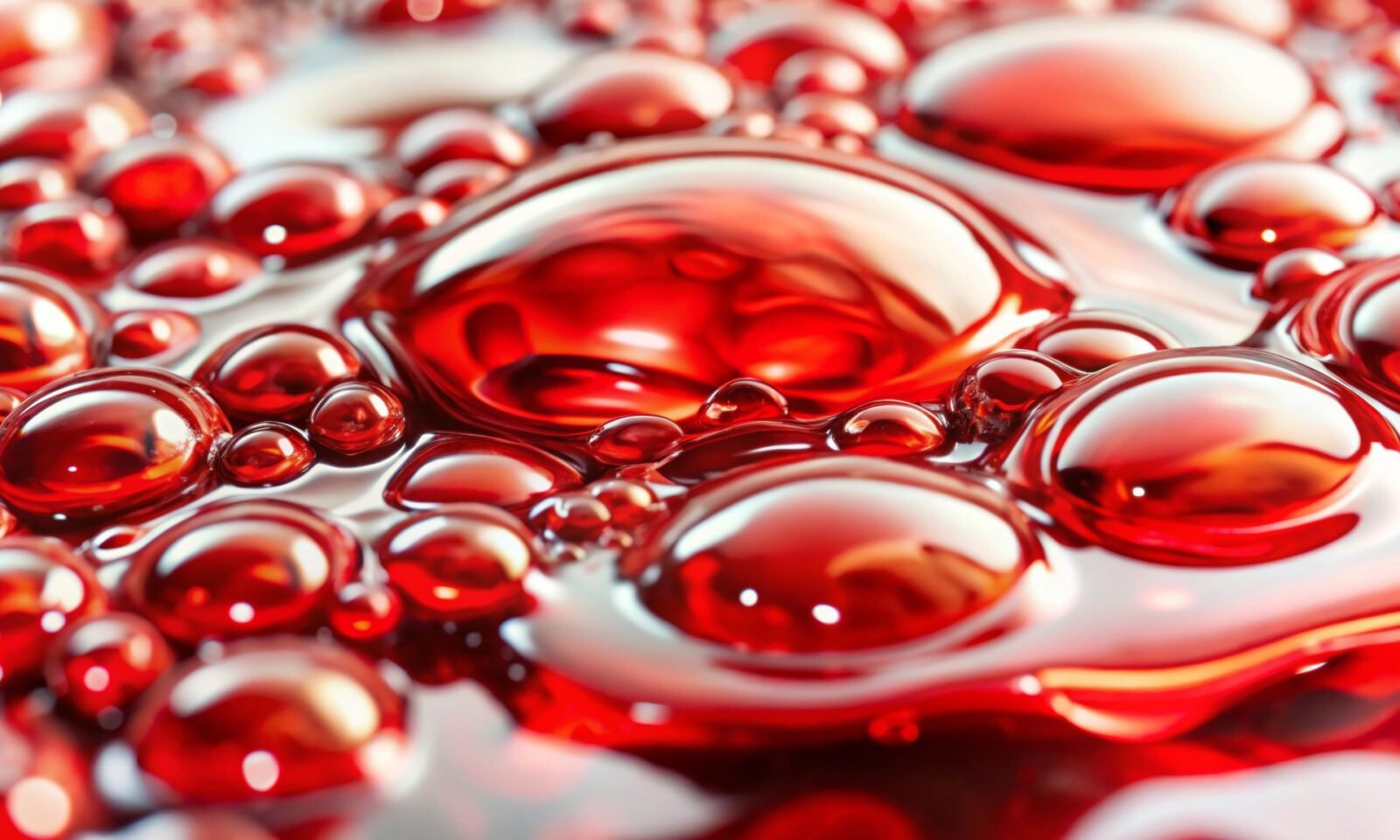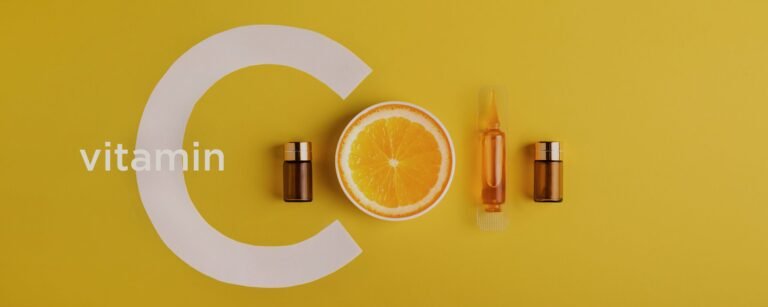When it comes to radiant skin, most people think of hyaluronic acid, retinol, or vitamin C. However, oleic acid quietly plays an equally vital role. This omega-9 monounsaturated fatty acid appears in natural oils such as olive, avocado, almond, and argan. Rather than remaining on the surface, it penetrates deeply to hydrate, calm, repair, and enhance the delivery of other actives. As a result, formulators and dermatologists alike value it for its versatility.
What Is Oleic Acid?
Chemically known as C18:1, oleic acid is a long-chain fatty acid with a single double bond, which classifies it as a monounsaturated fat. It dominates olive oil composition and stands as a cornerstone of the Mediterranean diet, celebrated for both wellness and beauty.
- Sources in skincare: Olive oil, avocado oil, almond oil, argan oil, sesame oil, and animal fats
- Main functions: Moisturizes, softens texture, calms irritation, and enhances penetration of actives
Although it nourishes dry, mature, and sensitive skin extremely well, oily or acne-prone individuals should use balanced formulations. Otherwise, excess oleic acid may worsen breakouts.
📖 NIH Review: Oleic Acid in Nutrition and Skin Health
Key Benefits of Oleic Acid
Oleic acid contributes more than simple hydration. In fact, when combined with other active compounds, it enhances results and extends the impact of formulations.
- Deep hydration: Prevents transepidermal water loss (TEWL) and locks in moisture.
- Softening & smoothing: Works as an emollient to improve skin texture.
- Anti-inflammatory: Helps reduce redness, irritation, and flare-ups.
- Antioxidant protection: Neutralizes oxidative stress that accelerates aging.
- Scar & stretch mark support: Aids skin repair and regeneration.
- Penetration enhancer: Boosts delivery of vitamin C, niacinamide, and retinoids.
📖 Research: Role of Oleic Acid in Barrier Repair
Oleic Acid and the Skin Microbiome
Your skin functions as a living ecosystem. Consequently, oleic acid helps maintain microbiome balance by:
- Supporting the acid mantle to keep skin slightly acidic and pathogen-resistant
- Reinforcing the lipid barrier against pollution and UV damage
- Encouraging the growth of beneficial bacteria, which may reduce acne and eczema
The Science of Hydration and Healing
Modern dermatology confirms oleic acid’s unique role in barrier and healing science. Specifically, it:
- Strengthens the barrier against external aggressors
- Reduces inflammation while accelerating wound healing
- Improves the absorption of exfoliants (like AHAs) and antioxidants
- Optimizes retinoid uptake, reducing dryness and irritation
📖 Clinical Study: Fatty Acids and Skin Healing
Ancient Roots of Oleic Acid in Beauty
Across civilizations, oleic acid-rich oils symbolized vitality and youth. For example, Egyptians and Greeks used olive oil for hydration, sun defense, and youthfulness. In Rome, women applied it post-bath for glow and softness. Meanwhile, Ayurveda promoted sesame oil massages for healing and balance. In the Middle East, both olive and argan oils were treasured for skin and hair protection in harsh desert climates. These traditions anticipated what scientific research now confirms: oleic acid is a powerful moisturizer and protector.
Best Ingredient Pairings
When paired correctly, oleic acid works synergistically with other popular skincare actives. Therefore, formulators often design blends such as:
- Hyaluronic acid: Pulls in water while oleic acid seals it in.
- Vitamin C: Enhances penetration and antioxidant performance.
- Niacinamide: Strengthens the barrier while oleic acid maintains hydration.
- Retinoids: Reduces irritation often caused by retinol therapies.
- Salicylic acid: Complements exfoliation, though it must be balanced carefully for acne-prone skin.
Who Should Use Oleic Acid?
Because different skin types react differently, it’s essential to tailor usage. In general, oleic acid works best for dry, sensitive, mature, or inflamed skin. However, oily or acne-prone individuals may prefer oils with a more balanced fatty acid ratio. Above all, always patch test before adding any new oleic-rich product into your routine.
Oleic Acid in Modern Skincare
Today, oleic acid plays a critical role in modern formulations. It appears in:
- Moisturizers and serums for barrier repair
- Facial oils designed for glow and hydration
- Cleansing oils that remove makeup without stripping the skin
- Advanced treatments for wound healing and tissue regeneration
📖 Study: Oleic Acid and Skin Barrier Function
Key Takeaway
Ultimately, oleic acid is far more than just another fatty acid. It acts as a skin-nourishing powerhouse that hydrates, heals, and amplifies the performance of other actives. Rooted in ancient rituals and validated by modern science, oleic acid deserves a central place in formulations for dry, sensitive, and mature skin. With the right balance, it keeps skin resilient, radiant, and soft







